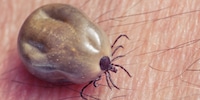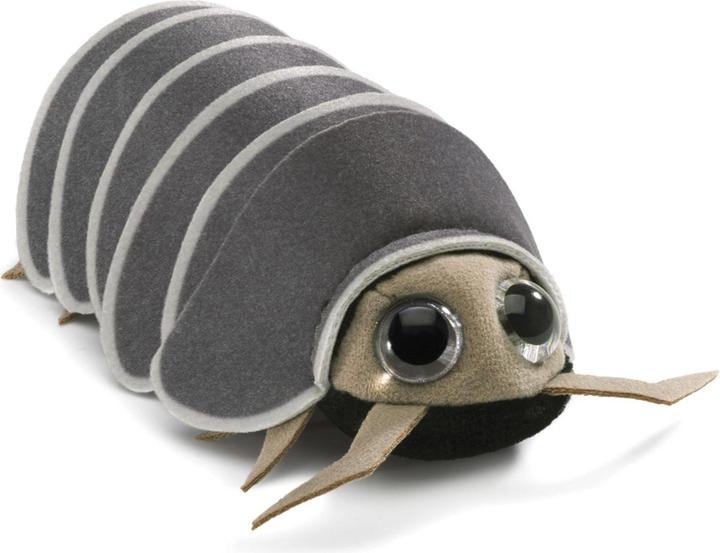
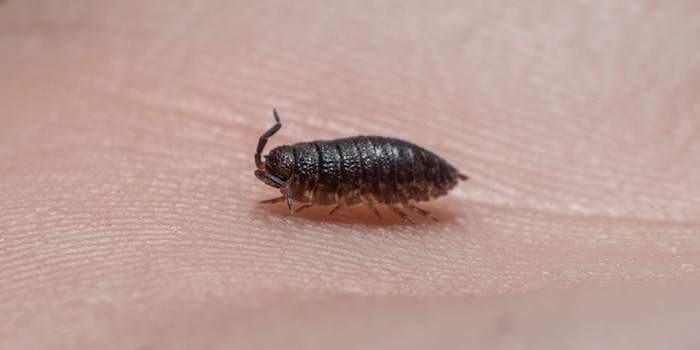
Give the woodlouse a chance – it’s weirdly wonderful
Repulsed by woodlice? Admittedly, they may be a bit gross at first glance. But once you’ve heard these five facts about the little critters, you’re bound to see them in a different light.
When things crawl, creep or fly, I’m the first to leg it. The unpredictable trajectories, that icky goo on the wall when I’ve crushed them with a flip flop – everything about insects makes my flesh crawl. And yet, every once in a while there’s the odd funky species with an exciting lifestyle. But enough about insects, time to talk woodlice!
1. The terrestrial cousin of the crab
They might give off that vibe, but woodlice (Porcellio scaber) aren’t insects at all. Instead, roly-polies, which is just one of their many endearing nick names, belong to the class of higher crustaceans (Malacostraca). They’re the only land-living crustaceans that can reproduce outside the water.
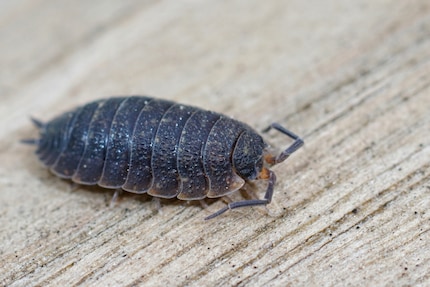
Source: Shutterstock
2. Woodlice breathe through gills
Dolphins and whales live underwater and come to the surface to fill their lungs with oxygen. Woodlice do it the other way around. They live on land and absorb oxygen via gill-like organs located on the last of their seven pairs of legs. This makes them dependent on humid habitats and is the reason why they like to hide in dark and damp places. Think cellars, under stones or in the garden.

3. Diet: dead plants, food scraps and faeces
Woodlice are important contributors to maintaining soil fertility. They feed mainly on dead organic material, which they break down into humus. This process is essential for the nutrient exchange of many plants. Undigested food that’s passed through animals’ intestines is a big one on woodlice’s menu. In fact, woodlice eat their own poo multiple times until they’ve absorbed almost all the nutrients it contains. Admittedly, this funky food loop isn’t one I wish to be part of.
4. Woodlice are social creatures
If you spot a woodlouse, there are bound to be others close by. This is because the little bugs don’t like to hang out alone. One experiment conducted by a research studying the behaviour of crustaceans found that half of the woodlice they were observing formed smaller groups within ten minutes. Shortly afterwards, the groups joined forces and worked together to form a huge ball of woodlice.
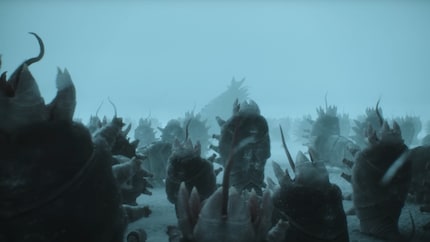
Source: Warner Bros. Pictures
5. Tasty giant woodlice from outer space.
Even if the animals look like they’re aliens from deep space, they’ve actually inhabited this planet for ages. In fact, the oldest woodlice fossils ever to be found are over 50 million years old (page in German). And yet, new species are still being discovered today. In early 2025, a group of researchers named a giant woodlouse after Darth Vader because of its distinctive head shape. This particular type is an aquatic isopod and popular food in Vietnam, where it’s considered a delicacy.
I think the woodlouse is wonderful proof that fascinating, extraterrestrial-looking creatures exist all around us. Usually, we barely notice or are repulsed by them even though we know nothing about their lives. And yet they make a huge contribution to preserving our world.
My colleague Katja Fischer wrote a piece about an animal that makes our everyday lives harder, but remains fascinating all the same.
Painting the walls just before handing over the flat? Making your own kimchi? Soldering a broken raclette oven? There's nothing you can't do yourself. Well, perhaps sometimes, but I'll definitely give it a try.
Interesting facts about products, behind-the-scenes looks at manufacturers and deep-dives on interesting people.
Show all
